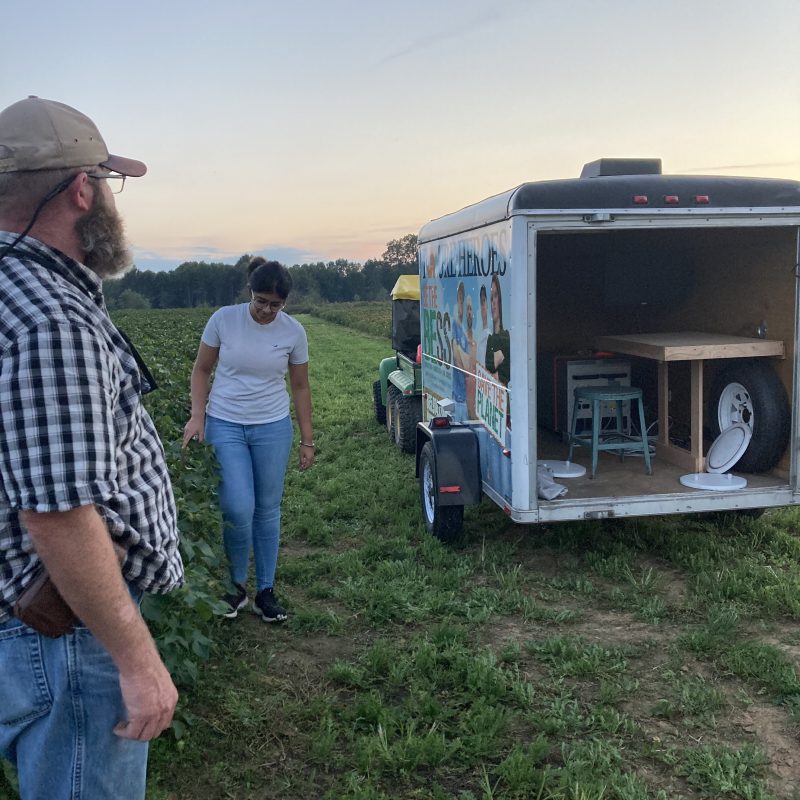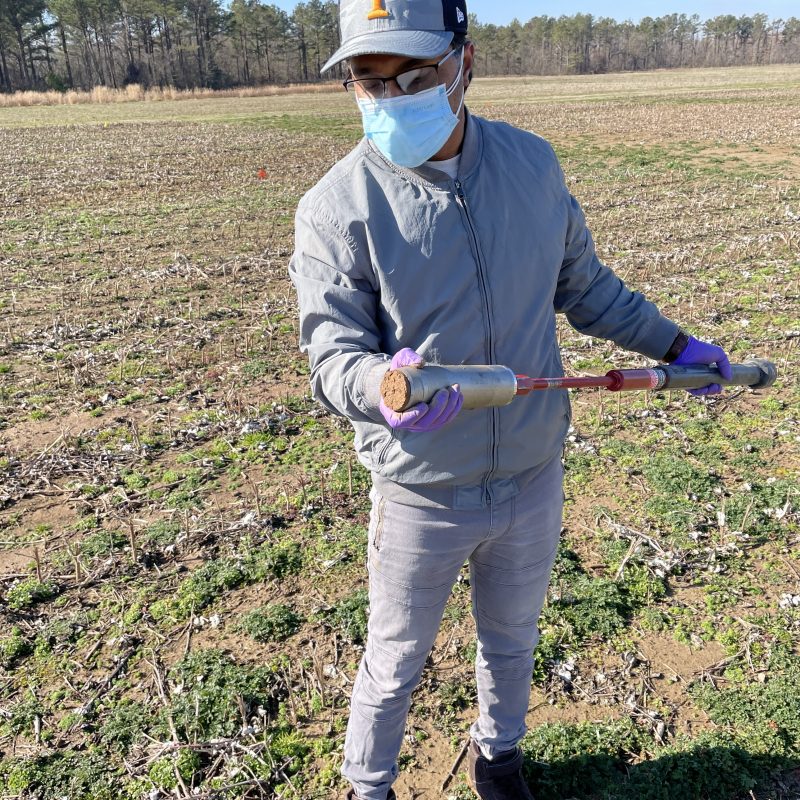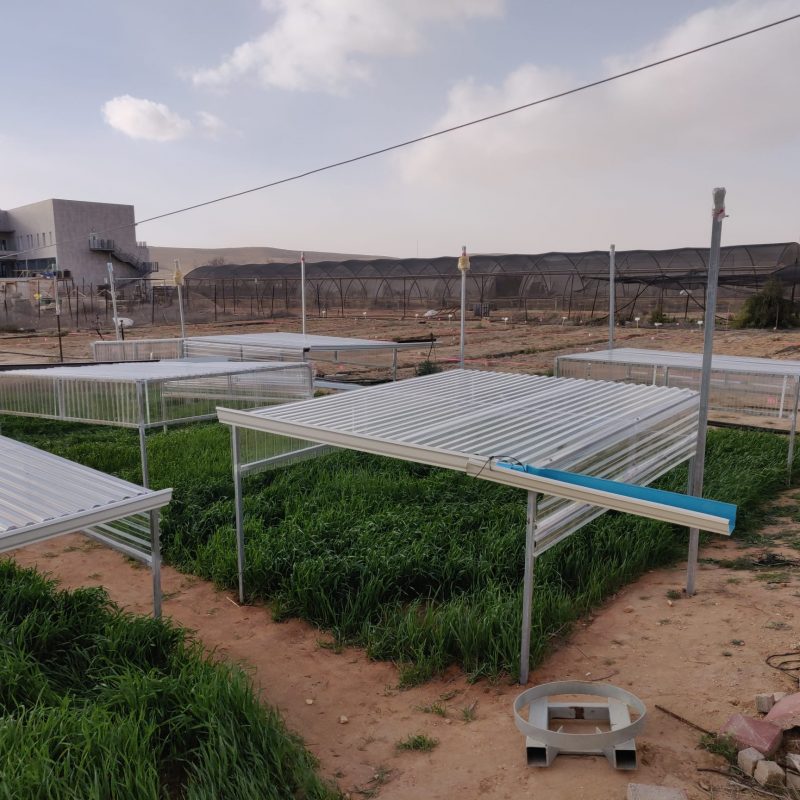1. Demystifying the oxygen enigma to enhance agricultural nitrous oxide mitigation by soil health practices
Soil oxygen (O2) availability is a critical trigger for nitrous oxide (N2O) emissions, a potent greenhouse gas (GHG). Despite its importance, knowledge on O2 regulation of N2O is limited as O2 availability is often substituted by soil moisture status. However, substrate-induced heterotrophic respiration, unrelated to O2-water linkage, can promote conditions for N2O losses. This is relevant because increasing adoption of cover crop-based soil health practices introduce a large amount of residue which could regulate N2O fluxes differently in relation to O2. Especially, cover crop residue incorporation methods under different tillage systems (surface mulch in no-till vs incorporation under conventional tillage) may create differential profile O2 distribution to regulate N2O differently. In this project we are employing advanced measurement, isotopic, molecular, and modeling techniques to understand soil O2 controls on N2O fluxes. The project outcomes will improve prediction of climate mitigation potential of long-term conservation agricultural practices employing no-tillage and cover cropping.
Funding support: United States Department of Agriculture (USDA)
Lab members involved: Jashanjeet Kaur Dhaliwal & Facundo Lussich
abc
2. Nitrous Oxide emission mitigation by cover crops under extreme soil drying and rewetting
Climate scientists have predicted that there will be more intense drought and increased rainfall variability in future. The natural wet-dry cycles of different intensities can impact N2O production processes in cultivated soil. To our knowledge, the early incubation studies on rewetting-drying impacts on N2O have largely covered duration and intensity but ignores management effects on soil biogeochemical processes. In this study, we address the question of how rewetting-drying intensity influences the magnitude of soil N2O emissions and to what extent cover cropping can mitigate/ magnify N2O emissions under variable precipitation distribution.
Lab member involved: Dinesh Panday
a
3. Sustainable organic grain production systems using diverse tillage, cover cropping, and nutrient management practices
In collaboration with project PI Dr. Sindhu Jagadamma, one of this project objectives seeks to understand N cycling and N2O emissions from organic cropping systems that employ diverse management tactics to achieve maximized organic grain production and tillage reduction goals. We are also evaluating the relationship between progressive cover crop residue decomposition and N2O emissions.
Funding support: USDA Organic Transition (ORG), Lead PI: Dr. Sindhu Jagadamma
Lab member involved: Arjun Chhetri
abc
4. Unraveling the biogeochemical mechanisms of drought and rewetting induced nitric and nitrous oxide emissions from dryland agriculture
Saha lab is leading an international collaboration with Dr. Ilia Gelfand from Ben-Gurion University of the Negev (BGU) in Israel to understand and model the impacts of seasonal drought and rewetting on the magnitude and mechanisms of soil N oxide emissions from Mediterranean agriculture.
Funding support: US-Israel Binational Agricultural Research and Development Fund (BARD)
Lab member involved: Ryan Ackett




